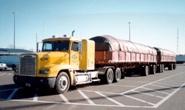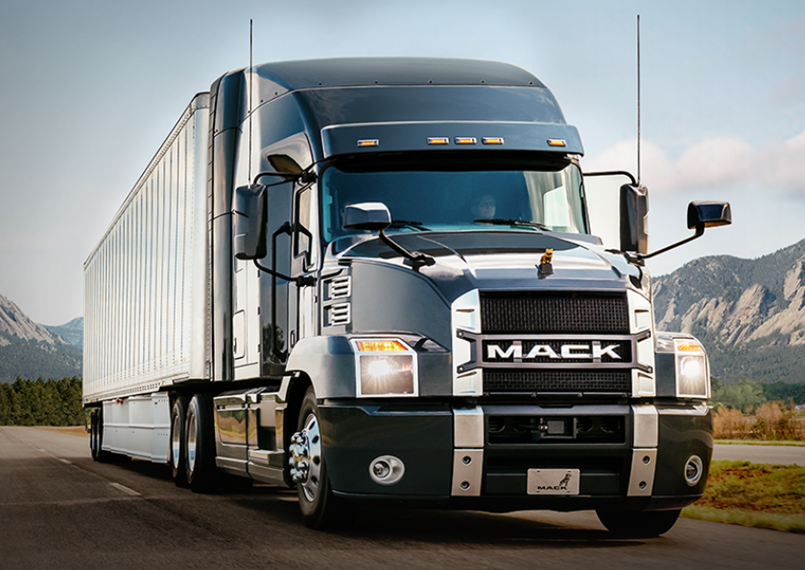Shipping and Logistics

Class 8 Truck Orders Skyrocket in Q1
Written by Sandy Williams
April 6, 2018
Orders for heavy-duty trucks are at their highest level since 2000, according to industry research firm FTR Transportation. Orders for the heavy-weight Class 8 trucks increased 98.4 percent year over year to 133,900 vehicles during the first quarter of 2018.

Why the dramatic increase? Research analysts at Stifel Financial Corp. suggest a stronger economy coupled with new tax laws is encouraging business investment, resulting in greater demand for trucking services.
“There is a capacity crisis occurring as surging freight growth is combining with lower productivity due to ELD implementation,” said FTR Vice President of Commercial Vehicles Don Ake. “Many shippers began having problems finding trucks to move goods as early as September 2017. Conditions continued to tighten and now it is a nationwide issue.”
Motor carriers are placing big orders to lock down manufacturing slots at the truck makers, said Ake.
“Fleets need more trucks to handle huge freight demand and continue to order trucks at record-setting rates,” he added, noting that carriers are placing large orders to guarantee manufacturing slots at truck makers.
Growth in Industry
The American Trucking Association said the industry is in one of its best periods of growth in years.
“Not since we’ve come out of the Great Recession [in 2010] have all of these [economic factors] come together to provide an environment where freight is this solid,” said Bob Costello, ATA’s chief economist during a recent conference call hosted by Stifel Financial Corp.
ATA is predicting a strong economic climate for trucking for the next 18 months depending on the outcome of NAFTA and recent tariff actions by the United States. Costello stressed the importance of NAFTA to the trucking industry.
ATA estimates that the trucking industry moves more than 70 percent of the nation’s freight by volume and NAFTA trade supports about $6.6 billion per year in revenue for the trucking industry.
“The risks to the economy are self-imposed,” said Costello. “It would be around trade wars and tariffs.”
Other risks include a shortage of drivers due to turnover and difficulty recruiting young people to the industry. ATA reports that the industry was short 50,000 drivers in 2017 and could lack 175,000 by 2026.

Sandy Williams
Read more from Sandy WilliamsLatest in Shipping and Logistics

US Great Lakes iron ore cargoes down notably through May
The Lake Carriers' Association reported a considerable decline in monthly iron ore shipments from US ports on the Great Lakes.

Wittbecker: West Coast port congestion
What's going on in West Coast ports?

Wittbecker: Mexico invests in port capacity despite US tariff troubles
The Mexican government aims to transform Manzanillo into the largest seaport in Latin America, capable of processing some 10 million TEU (20-foot equivalent units) per year by 2030. It is already Mexico's largest port and the third largest in Latin America, handling nearly 4 million 20-foot containers in 2024.

Wittbecker on Aluminum: When do the tariffs reach Main Street?
Containers sailing from China in April are down 15%-20% and Hapag Lloyd says their future bookings transpacific are down 30%.

Wittbecker on Aluminum: US-China trade war clobbers cross-Pacific trade
Container shipping lines have sharply increased blank sailings on Transpacific routes in response to escalating trade tensions between the US and China.
